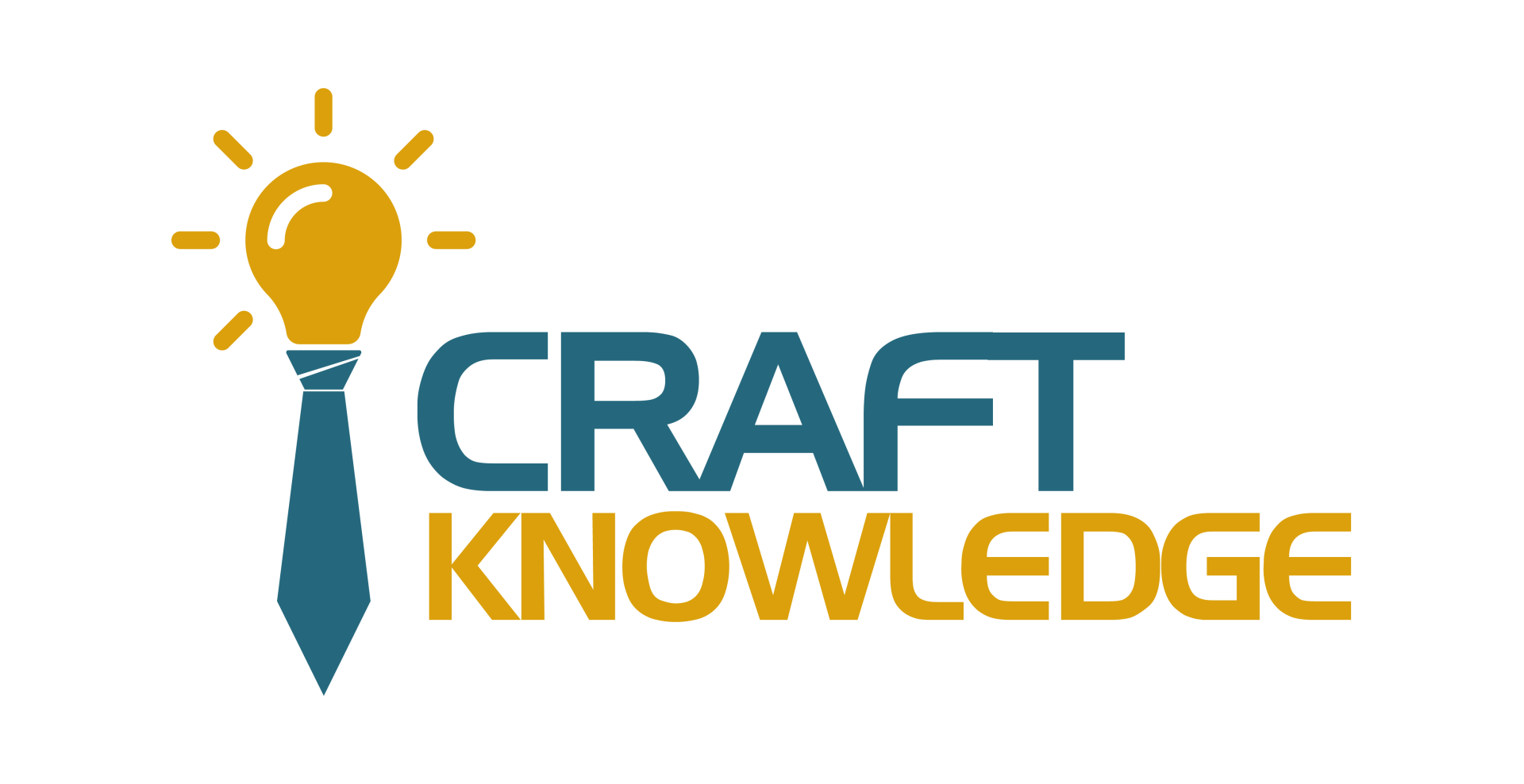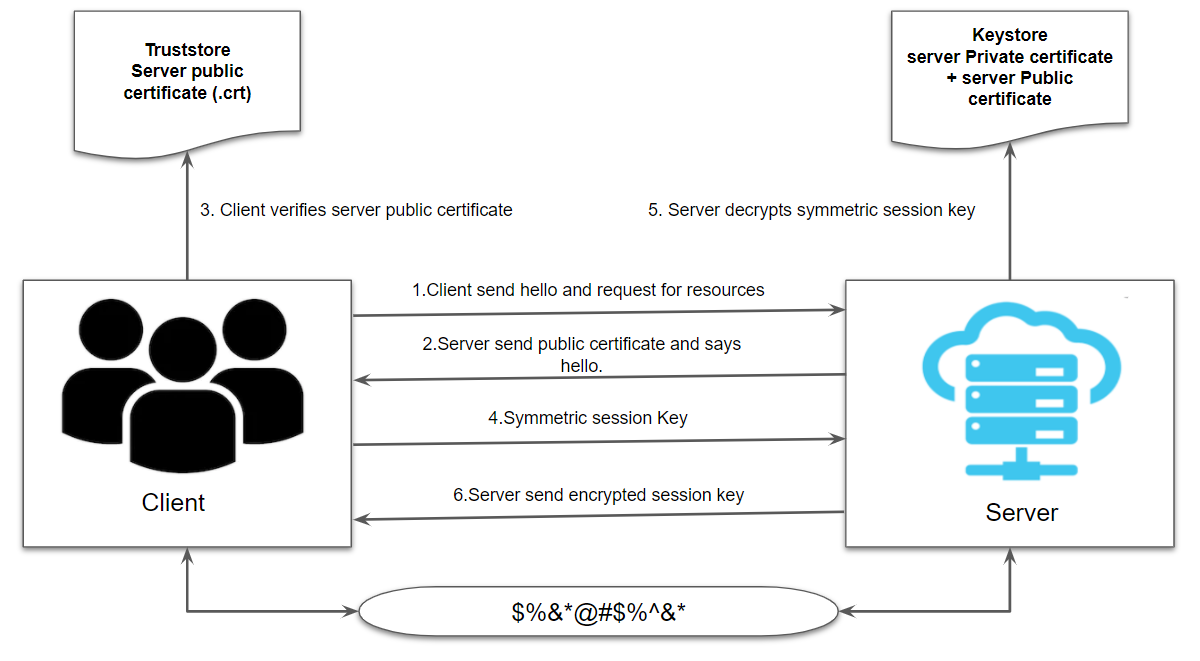Online learning communities are essential to achieve a productive online learning environment. This is why they are so popular, especially in higher education.
In online learning, community participants create an interactive canvas of diverse reactions and feedback.
These learning experiences instill a sense of belonging and camaraderie that keeps online learners engaged and motivates them to persevere.
However, most instructors struggle to make learners participate in the discussion board because learners attend the courses in their time-space.
However, there are ways that you can use to gradually establish participation and, in the end, a real sense of community.
In online learning, community participants create an interactive canvas of diverse reactions and feedback.
These learning experiences instill a sense of belonging and camaraderie that keeps online learners engaged and motivates them to persevere.
However, most instructors struggle to make learners participate in the discussion board because learners attend the courses in their time-space.
However, there are ways that you can use to gradually establish participation and, in the end, a real sense of community.

